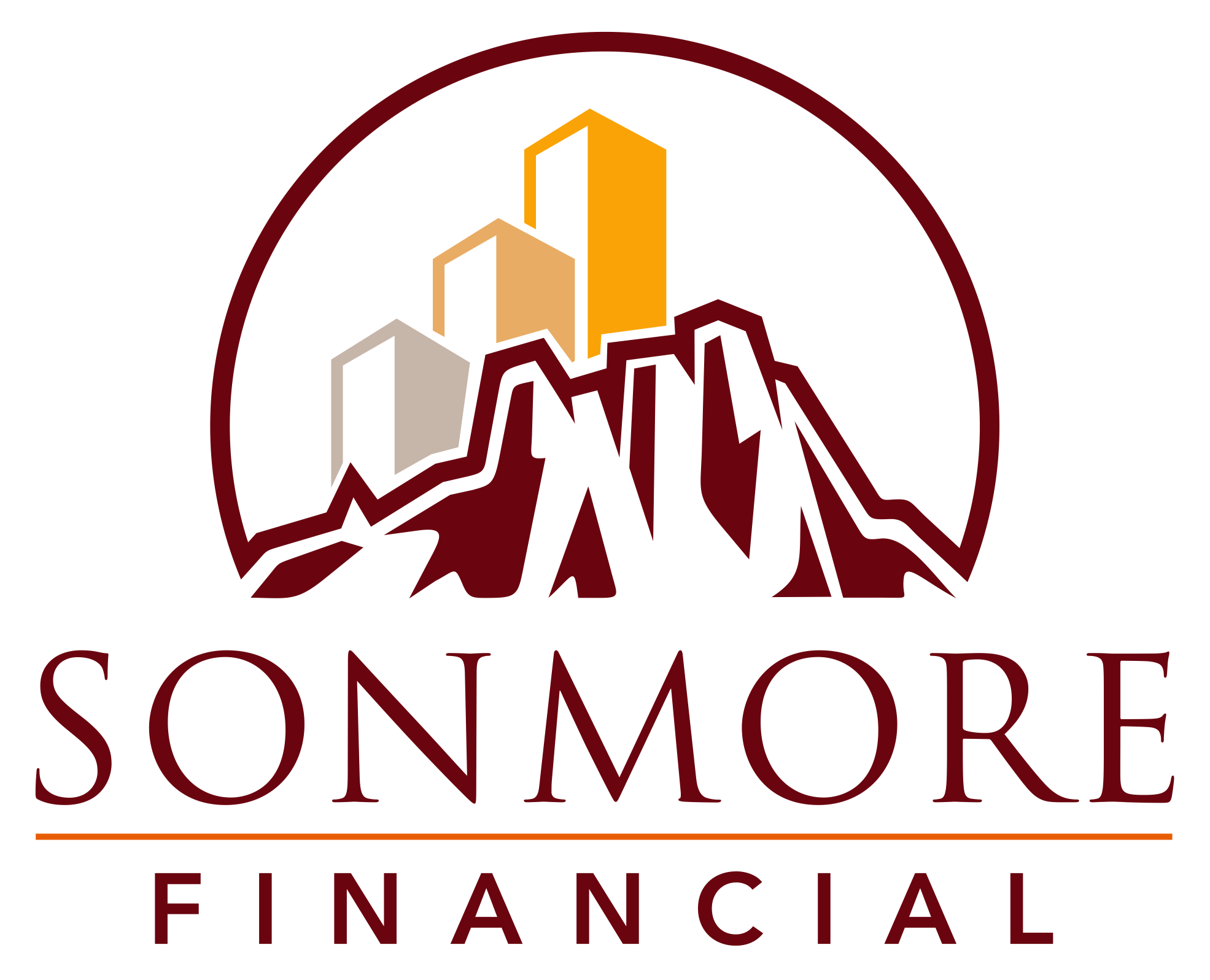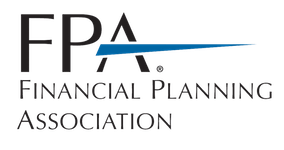Being self-employed comes with a lot of benefits. You have the ability to be your own boss, set your own hours, and make your own decisions. However, self-employment also has its challenges. One of the biggest challenges is managing your finances. When you are self-employed, your income can vary greatly from month to month, making it difficult to budget and save money. Another challenge of self-employment is managing your taxes. On the other hand, these challenges present a unique opportunity to get creative and strategize for success. Here, we’ll dive into the above using real-life scenarios to simplify this complex topic.
Managing Cashflow
For the self-employed, a regular paycheck is not always a reality. This can make it difficult to estimate monthly cashflow and expenses. You might make $20,000 one month and $2,000 the next for various reasons such as seasonality or long sales cycles. Without the consistency of a regular paycheck, self-employed individuals must be diligent in tracking their income and expenses. This can be a challenge, but it is of critical importance. In managing business cashflows and cash reserves there are three main considerations:
- Having knowledge of cash inflows, outflows, and overall budget.
- Optimizing cash reserves and reducing loss of purchasing power.
- Keeping business finances and personal finances separate.
Consideration 1
In order to properly manage varying or sporadic cashflow, we’ll need to go back to the basics of personal finance: The budget and income & expense statements. Assuming that the business has been operating for at least a couple of years we’ll be able to find trends in the cashflows, such as being able to tell which months or periods of time cashflow is high and low. It may be helpful to use a graph as a visual representation to plot cashflow over time. Once we have figured out when revenue is high and when it is low, we must do the same for expenses in order to give ourselves a better picture of overall cashflow cycles within the business over time.
With this data in hand, we can then figure for how much cash reserves the business should carry and create a budget that takes into account these ups and downs. Businesses with more drastic peaks and valleys or with longer sales cycles will need higher reserves—closer to 9-12 months of expenses—compared to a business with consistent cashflows and short sales cycles.
Consideration 2
Carrying high amounts of cash has an opportunity cost. The corrosive powers of inflation eat away at the purchasing power of the cash. However, this cost is well worth it if it keeps your business running smoothly—and helps you sleep at night! There are a couple of ways we can optimize cash reserves and mitigate the reduction of purchasing power. When maintaining high amounts of cash, the following tools may be useful:
- Series I-Bonds
- Online Banks
- Max My Interest
Series I-Bonds
Series I-Bonds are variable rate bonds pegged to inflation that are issued by the United States Treasury. Given that inflation is on the rise, these bonds are paying a considerable amount of interest. As of now, the yield is 9.62%. There are limitations to the amount of bonds that can be purchased per year ($10,000 worth) and when they can be liquidated (after 12 months). Due to their liquidity limitations, they may not be suitable for maintaining a majority portion of cash reserves, but they can be a useful tool to increase the overall yield of a cash position.
Online Banks
Online banks such as Ally, Capital One 360, and Marcus pay significantly more interest than any traditional brick-and-mortar bank like Chase, Bank of America, or Wells Fargo. This is because they don’t have as many overhead expenses. The caveat to these banks is that they have no ATMs, but you wouldn’t put everyday spending money in there anyway — it’s strictly for reserves. Currently, online bank savings accounts are paying anywhere from .40% – 1.0%, while brick-and-mortar bank savings accounts are paying just .01% – .04%.
Max My Interest
Max My Interest is not a bank but rather a technology company dedicated to interest rate arbitrage. For a nominal fee, Max My Interest will open accounts for you at the highest yielding banks and shift money from bank to bank in order to keep it earning the highest yield offered by the market.
Consideration 3
In any business situation it is important to differentiate business finances and personal finances. Funds should not be commingled. Business cash reserves are separate from personal cash reserves, and vice versa. However, the aforementioned tools can be used to optimize cash reserves in both situations.
Tax Planning Opportunities
The largest and easiest tax planning opportunity especially for those who are solo entrepreneurs, is an employer sponsored retirement plan. Typically, a Solo 401(k), which is a 401(k) with only one participant, allows for the most flexibility while also being accessible. Other plans such as SIMPLE and SEP plans also exist and can be beneficial, but not to the same extent as a 401k plan. Take the following example where an individual’s taxes decrease by over 55%.
Scenario
A married individual, age 45, makes $250,000 a year from self-employment and has no employees.
In order to decrease taxable income, the individual could add their spouse to the business, and each pay themselves a “salary”. For the sake of the example, we’ll reference the spouses as Spouse A and Spouse B. Spouse A will receive a salary of $150,000 and Spouse B $100,000.
Assuming the 401(k) plan is properly drafted, they could each make deductible employer contributions to the 401(k) in the amount of 25% of their salary. Making that a contribution of $37,500 for Spouse A and $25,000 for Spouse B. In addition to that they could make Roth or Pre-Tax employee contributions in the amount of $20,500 each without reaching the 2022 “415a limit” of $61,000 per participant. If the employee contributions were done on a pre-tax basis the couple would obtain a total tax deduction between employer and employee contributions of $103,500. In terms of tax savings this amounts to $24,207.
Below is a visual of the contributions.
Spouse A | Spouse B | |
|---|---|---|
Salary | $150,000 | $100,000 |
Employer Contribution (25% of Salary) | $37,500 | $25,000 |
Employee Contribution | $20,500 | $20,500 |
Net Income | $92,500 | $54,500 |
Total Household Income: $146,500
The tax savings can be calculated in the following manner:
- Gross income: $250,000
- Gross Marginal Tax Rate: 24% *See table below for reference*
- Pre-Tax Contributions: $103,500
- Dollars in Marginal Tax Rate multiplied by the Marginal Tax Rate: $250,000 – $178,150 (Bottom of 24% tax bracket) = $71,850 x 24% = $17,244
- Difference between top of 22% tax bracket and net household income: $178,150 – $146,500 = $31,650 x 22% = $6,963
- Total Tax Savings: $17,244 + $6,963 = $24,207
*For reference, below is a tax table for taxpayers who file Married Filing Jointly*
$0 | $20,550 | 10% |
$20,550 | $83,550 | 12% |
$83,550 | $178,500 | 22% |
$178,150 | $340,100 | 24% |
Takeaways
Managing your finances as a self-employed individual can be complex, but it is especially important to do so. With the right tools and some strategic planning, you can thrive both professionally and financially! We hope this article has helped give you a better understanding of financial management for the self-employed and that you feel empowered to take control of your own financial future. If you have any questions about the topics discussed or want to explore ways to reduce taxes, feel free to reach out to us!









